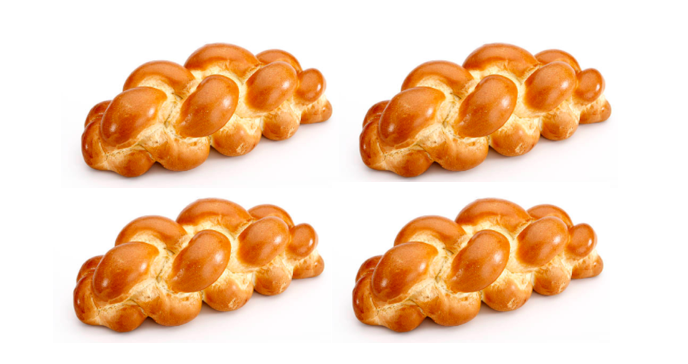A New Narrative – Here There Are Blueberries
By Two Sues on the Aisle, Susie Rosenbluth and Sue Weston
In 2007 an album featuring Nazi-era photographs arrived at the U.S. Holocaust Memorial Museum. The pictures were of the Auschwitz concentration camp but they contained no images of prisoners. Instead, these were pictures of the Nazis who lived and worked at the camp. Researchers and employees at the museum debated the ethics of displaying the photographs of Nazis and their families. Studying these images changed our understanding of the lives of Nazis and their families living beyond the gates of Auschwitz.
The photographs inspired the play “Here There Are Blueberries” and shaped our understanding of the mentality and culpability of the staff of the Auschwitz concentration camp.
The story focuses on Archivist Rebecca Erbelding (Delia Cunningham), who received the album. She convinced her superiors at the United States Holocaust Museum to display never-before-seen photos depicting Nazis at Auschwitz celebrating and resting at the lodge. These were not the photographs commonly associated with the Nazis, the people were relaxed, surrounded by family and friends.
The 90-minute play, written by Moisés Kaufman and Amanda Gronich and produced by the Tectonic Theater Project, recounts Erbelding’s discoveries, and what these seemingly innocuous photographs revealed. Arranged in a detective style, this documentary engages the audience in the discovery process as eight performers take on a variety of characters, changing roles as the scenes progress and narrating their thoughts, as the pictures focus on the events connecting 1944 to 2007.
A New Narrative
The album was donated to the U.S. Holocaust Memorial Museum by a former US intelligence officer who worked in Germany after the war and safeguarded the album for 60 years. Research revealed it was Karl Höcker’s photograph album and contained personal pictures of his experience at Auschwitz including official visits, ceremonies, and social activities. These photos captured wholesome family fun, group gatherings, and a luxurious retreat in Solahütte. There was no indication from the photographs that there were mass exterminations of Jews happening at the same time.
This is consistent with the popular narrative which denies knowledge, responsibility, and copiability. The way jobs were sub-divided, everyone had plausible deniability. We heard this when it came to the “Helferinnen” the communications specialists who operated the wireless telegraph. They relayed messages. Through interviews, we learn they were actually aware of what was happening inside Auschwitz. They shared the numbers and knew how many people from each transport were sent to work, and how many to die.
It was easy to blame the brutality on a handful of Nazi leaders who were monsters. Hocker’s album tells another story. While the Nazis living just outside Auschwitz were aware of what was happening inside, they lived normal lives and raised families.
Another photo album donated to Yad Vashem in 1990 by Lilly Jacob, shows the same timeframe, and documents the camp’s routine, beginning when the transports arrived on the ramp. Lilly Jacob found a Nazi album that contained, among others, pictures of her family and friends as they arrived at Auschwitz. It was also, the only photographic evidence of Jews arriving in Auschwitz or any other death camp. This album connected the activities inside and outside the gates of Auschwitz.
A Wider Understanding
The climate that allowed the Holocaust to occur evolved slowly, beginning with messaging, acceptance, and finally action. When Hocker’s photos went public, few people came forward to identify their relatives.
For the families living just outside the gates, Auschwitz was a utopia, the Arian society they aspired to. They distanced their reality from the mass killings and brutality inside.
“Here There Are Blueberries” is powerful, raising our social conscience, and reminding us how regular people can be manipulated to act brutally. It also shows the power of photography to provide clarity and capture for eternity a second in a person’s life. To interpret we need to focus both on what is inside the frame, and what is being left out.
“Here There Are Blueberries” lets candid photographs complete the picture.
Two Sues on the Aisle bases its ratings on how many challahs (1-5) it pays to buy (rather than make) to see the play, show, film, book, or exhibit being reviewed.
“Here There Are Blueberries” received 4 Challahs









